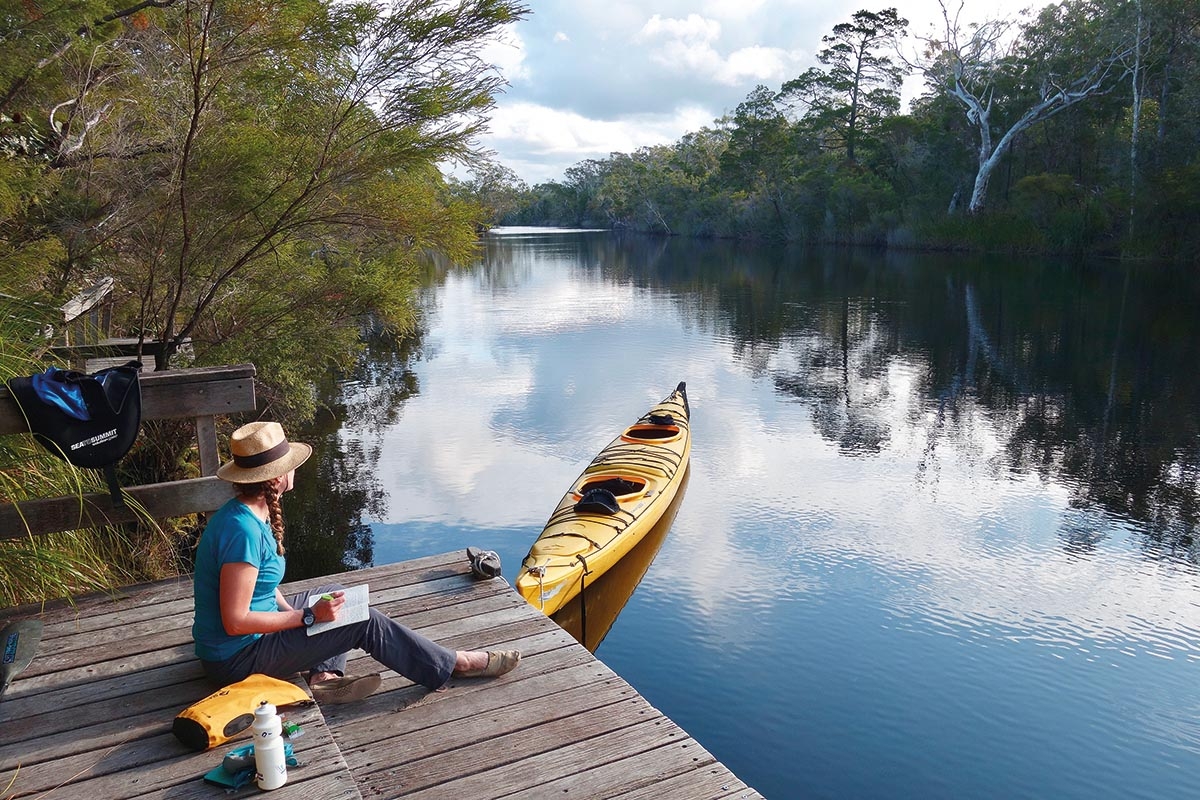This year has seen a climate transition from wet La Nina to drier El Nino conditions, with rainfall below 100 mm per month during the normally wet season from December until April, although surprisingly we received 139 mm in May. This stretch of dry weather has reduced the flow of fresh water into tributaries of the river with a resulting decrease in sediments entering the river from erosion from various sources. Indeed some of the small creeks such as Cranks, Wooroi and Eenie have dried completely above their usual tidal limits.
As a consequence we have seen the Noosa River perhaps in its clearest state for a number of years. In the lower estuarine section downstream of Tewantin the water has been so clear that we can see the river bottom at depths down to 4 m, and measured turbidities have been only around ¼ of their usual levels. In Lake Cootharaba turbidities have been around 1 – 5 compared with usual levels of 25 – 30 NTU, and measured less than 1 NTU at Kinaba jetty. We have even recorded zero turbidity in Kin Kin Creek, which must be a world record for this well known source of erosion sediments.
In contrast to the usual rainfall pattern we experienced higher rainfall, 139 mm, during May. This clearly flushed sediments into the entire river system as turbidity at many sites showed a small rise at the end of May then decreased again by late June.
A noticeable feature has been the water quality flowing from the environment of the sandy Wallum areas which seem to act as major filters compared with forested or urban areas. The Upper Noosa River flows from the sandy Wallum environment of Cooloola National Park, it always shows as high quality water and is used as part of the Gympie Shire urban water supply. Murdering Creek drains the large Peregian wallum plain which has a considerable housing development at its headwaters but nevertheless has flowed throughout the dry periods and continuously flows very clean fresh water. Eenie Creek drains the smaller wallum plain between Noosaville and Doonan and has considerable urban development surrounding it, including the Noosa tip. It regularly dries out following low rainfall and registers much lower water quality parameters.
Regrettably we have been encountering contaminations in Eenie creek which have caused noticeable discoloration and are suspected to be due to some contaminants being dumped in the water. Fortunately they have been sufficiently diluted by tidal flows not to have been apparent after the creek discharges into Lake Weyba. We are working with Noosa Council to try to identify these incidents and determine their sources.
Generally, to date 2023 has been a good year for the quality of our river, and we thank all our volunteers for their input into maintaining and measuring it.
Bruce McConkey, July 2023



